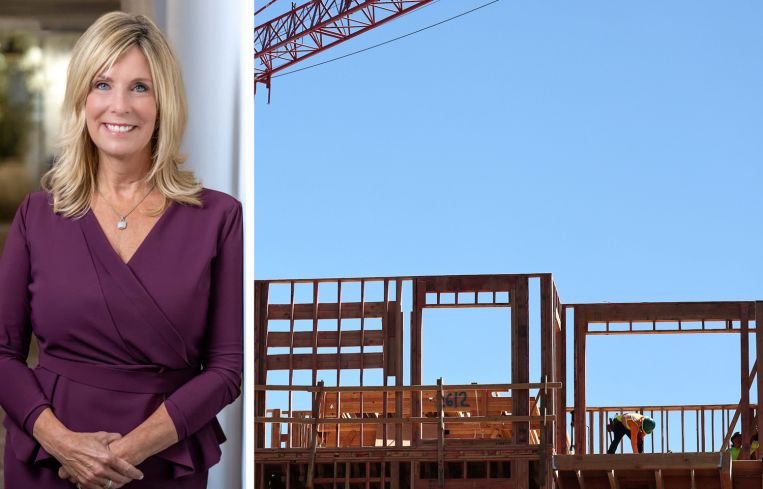Inland Empire Multifamily Market Bouncing Back, Report Finds
Investment sales nearly doubled in the second quarter this year thanks partly to strong occupancy rates
By Anna Staropoli August 21, 2024 1:49 pm
reprints
After a slow start to the year, multifamily demand in Southern California’s Inland Empire is rebounding, according to a Yardi Matrix report released Wednesday.
The region’s strengths include high occupancy rates, rent growth and investment activity, Doug Ressler, manager of business intelligence at Yardi Matrix, told Commercial Observer via email. Likewise, the Inland Empire’s strategic location — it’s more affordable than coastal California cities — and it being the nation’s top industrial sector have continued to drive housing demand, he added.
During the trailing three months, asking rents in the Inland Empire multifamily market increased, performing better than national averages. In that time, the area’s rent grew by 0.4 percent, while, across the United States, asking rents rose an average of 0.3 percent, per the report.
The average asking rent for Inland Empire multifamily now sits around $2,140, while the national asking rate sits at $1,739.
Also trending well in recent months is the Inland Empires’ investment sales market, which nearly doubled in the second quarter this year, after a particularly muted first quarter, reflective of a strong interest in investors, said Ressler. The market, likewise, revealed a strong second quarter occupancy rate of 94.5 percent.
Yet while the Inland Empire is building momentum, the region continues to struggle from economic cooling, inflation pressures and limited multifamily activity.
“The Inland Empire’s economy is cooling faster than other regions, with rising inflation and interest rates impacting growth,” said Ressler. “Overall, while the Inland Empire’s multifamily market shows resilience and growth potential, it faces challenges from economic pressures and limited development.”
Fewer multifamily units have been added to the market, due to higher interest rates, he said. A little more than 550 units were developed from January to June, with 8,388 units under construction, per the Yardi Matrix report. The 554 new units are equal to 0.4 percent of existing stock in the Inland Empire, while the national rate proved better at 1.1 percent. Most of the newly completed multifamily projects were for affordable housing.
As for employment numbers, the Inland Empire’s market expanded by 21,000 jobs — a 1.4 percent increase— from April 2023 to 2024, according to Yardi Matrix. As of May, the Inland Empire recorded a 4.3 percent unemployment rate, while the country’s rounded off at 4 percent. In California, the unemployment rate tracked slightly higher at 5.2 percent, per the Yardi Matrix report, which cited preliminary data from the U.S. Bureau of Labor Statistics.
Some sectors in Southern California fared better than others; manufacturing, leisure and hospitality, and trade, transportation and utilities lost a total of 11,500 jobs, while roles within the education and health services and government industries expanded.
Anna Staropoli can be reached at astaropoli@commercialobserver.com.



